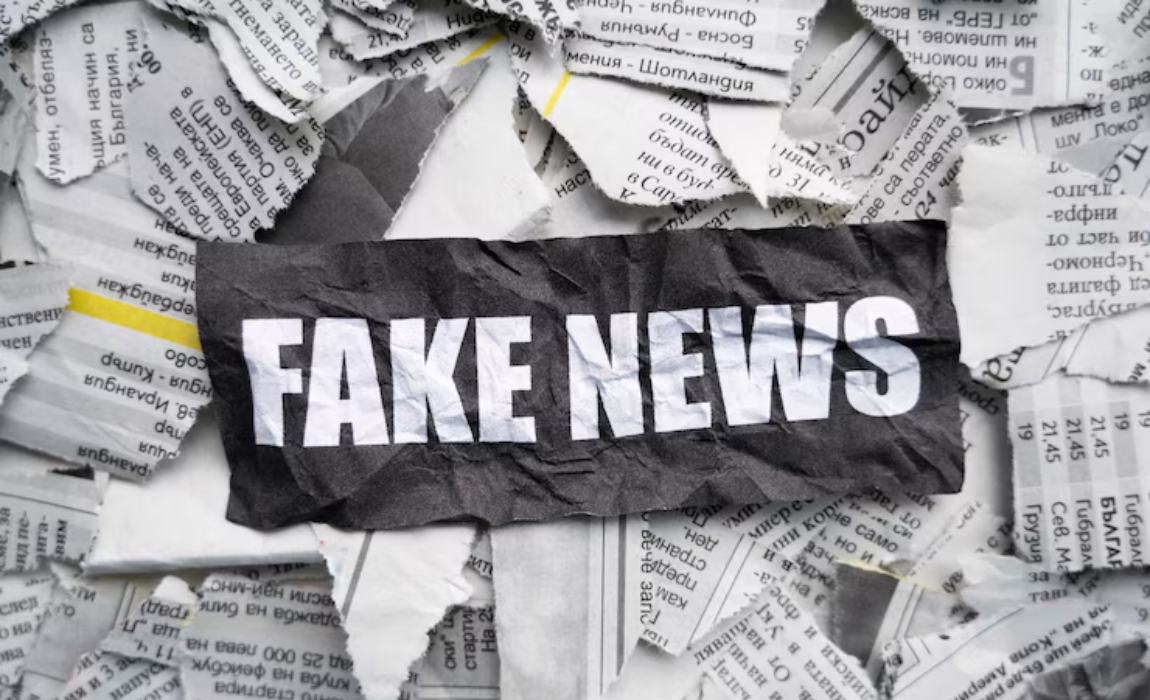
Legal Framework Against Fake News and Misinformation in India – IT Rules 2021, fact-check units, and freedom of press concerns
In a world where information spreads faster than ever before, misinformation has become one of the gravest threats to public trust, democracy, and social harmony. India, with its vast digital population and political complexities, is especially vulnerable to the dangerous effects of fake news. To address this, the government has turned to the law — notably through the Information Technology (Intermediary Guidelines and Digital Media Ethics Code) Rules, 2021, or the IT Rules 2021.
On paper, these rules aim to make digital platforms more accountable. But in practice, they’ve sparked fierce debate over press freedom, censorship, and executive overreach.
The IT Rules, framed under the IT Act of 2000, require social media platforms and digital publishers to comply with new standards: appoint grievance officers, establish content removal processes, and follow a three-tier regulatory system. These are not minor changes. They shift a large portion of regulatory responsibility to private platforms, making them both gatekeepers and enforcers of online speech.
Most controversial, however, is the amendment that empowers a government-run fact-check unit—currently the Press Information Bureau (PIB)—to decide what content about the government is “fake, false or misleading.” If a platform doesn’t take down flagged content, it risks losing legal protection from liability. In other words, one arm of the government gets to decide what is true about itself, and platforms must comply or face legal consequences.
This raises several red flags.
First, there’s the problem of independence. A government-controlled fact-check unit cannot be expected to impartially judge criticism of the same government. Without independent oversight, there’s a very real danger that legitimate journalism or dissenting opinion could be branded as fake news and taken down.
Second, the lack of transparency in how the fact-checking is done adds to the concern. Who reviews the flagged content? What is the appeal process? Can affected individuals or media outlets contest the findings? So far, there are no clear answers.
This is why the Bombay High Court’s ongoing review of the fact-check amendment is so significant. The judiciary has rightly asked whether such unchecked powers violate constitutional guarantees—particularly Article 19(1)(a), which protects freedom of speech. Any restriction under Article 19(2) must not only be “reasonable” but must also stand up to judicial scrutiny.
While few would argue against the need to curb fake news, the method matters. Laws meant to stop misinformation should not become tools to silence criticism. And this is not an abstract fear—India’s press freedom ranking has steadily declined, and many journalists have faced FIRs, raids, or online harassment for critical reporting.
To be clear, fake news is dangerous. It can incite violence, spread panic, and undermine public trust. But the response must be measured, not muscular. India needs a transparent, fair, and independent fact-checking mechanism, ideally monitored by a multi-stakeholder body—not just the executive. Media literacy campaigns, algorithmic transparency from platforms, and better journalistic ethics may do more good than blanket takedowns.
At a time when democracies around the world are grappling with how to balance speech and safety, India’s legal framework must reflect its constitutional values. Courts, civil society, and lawmakers all have a role in ensuring that the cure for misinformation does not end up being worse than the disease.
Let fake news be fought—but let the truth, dissent, and democracy survive that battle.
